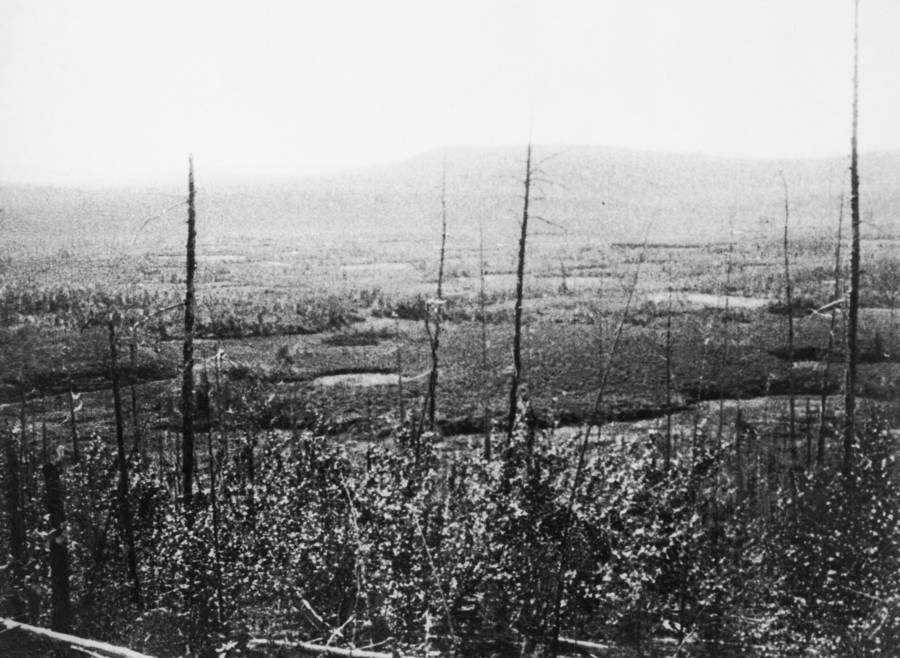

More people have walked on the Moon (12) than have been born in Antarctica (11). Thus, the Tunguska blast charred the forest but did not produce a sustained fire. The radiant energy from such an explosion would be enough to ignite forests, but the subsequent blast wave would quickly overtake the fires and extinguish them. The only likely remains of the object that have been found are a few small fragments, each less than a millimeter across. Because the object exploded in the atmosphere high above Earth’s surface, it created a fireball and blast wave but no impact crater. Objects of this size are estimated to collide with Earth once every few hundred years on average ( see Earth impact hazard). Other scientists maintain that the event was caused by an asteroid (large meteoroid) perhaps 50–100 metres (150–300 feet) in diameter and having a stony or carbonaceous composition. Such clouds are thought to be the result of a sudden influx of ice crystals into the upper atmosphere (such as those that could have been triggered by the rapid vaporization of a comet). On the basis of historical records of significant noctilucent cloud development in the skies over Europe following the event, some scientists contend that a comet caused the explosion. SpaceNext50 Britannica presents SpaceNext50, From the race to the Moon to space stewardship, we explore a wide range of subjects that feed our curiosity about space!Ī video overview of the Tunguska event.Learn about the major environmental problems facing our planet and what can be done about them! Saving Earth Britannica Presents Earth’s To-Do List for the 21st Century.Britannica Beyond We’ve created a new place where questions are at the center of learning.

100 Women Britannica celebrates the centennial of the Nineteenth Amendment, highlighting suffragists and history-making politicians.
Tungusta meteorite how to#


 0 kommentar(er)
0 kommentar(er)
